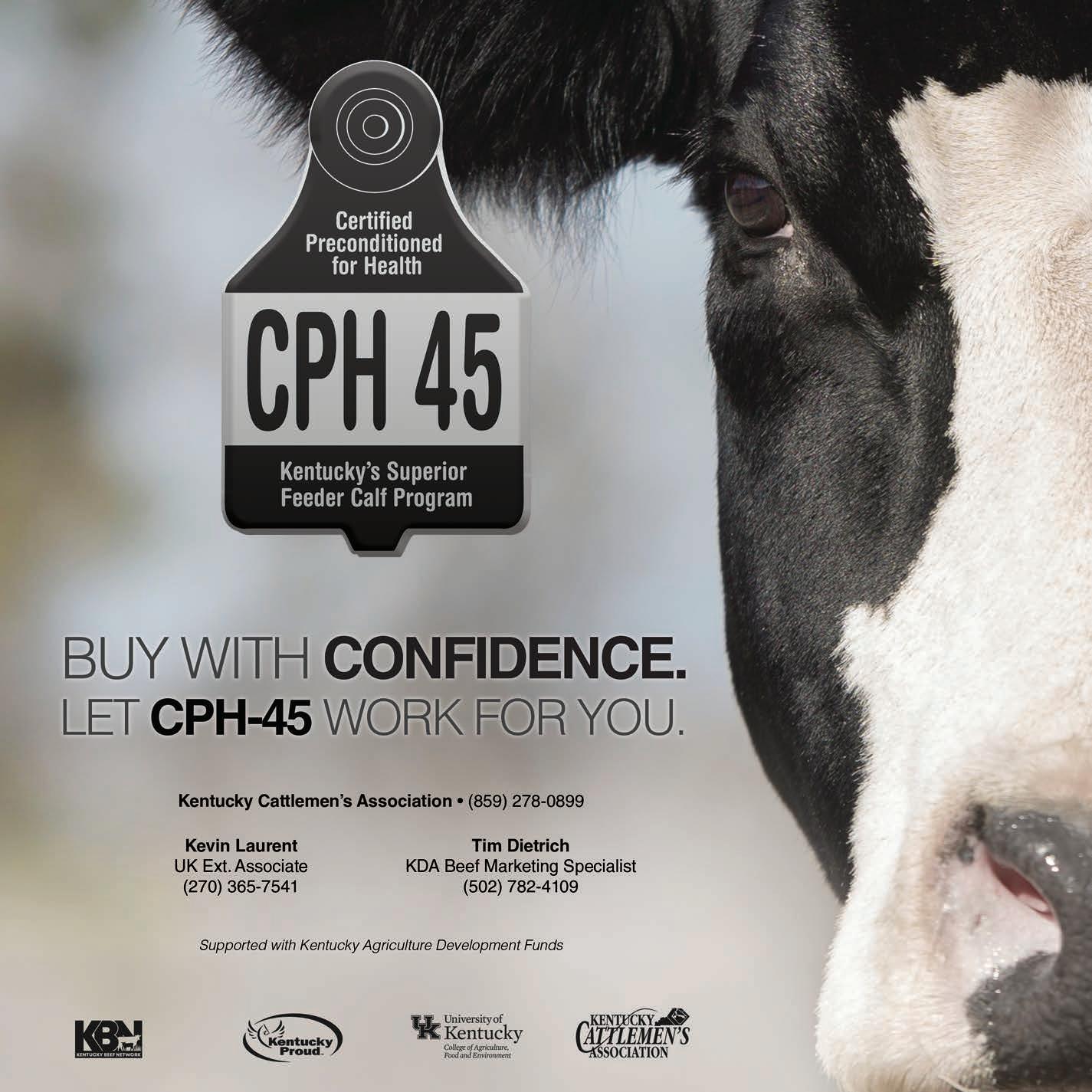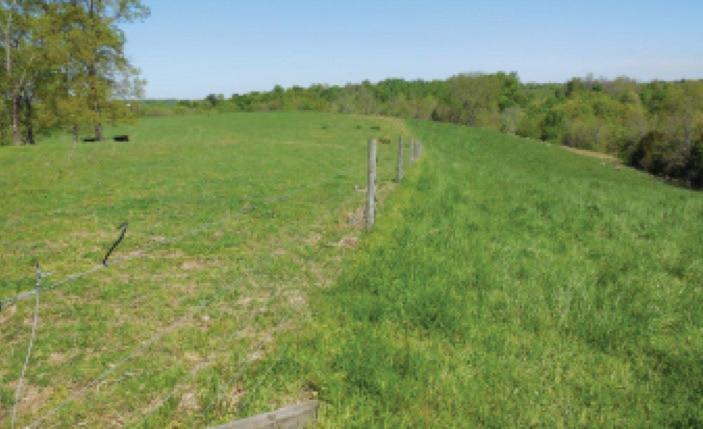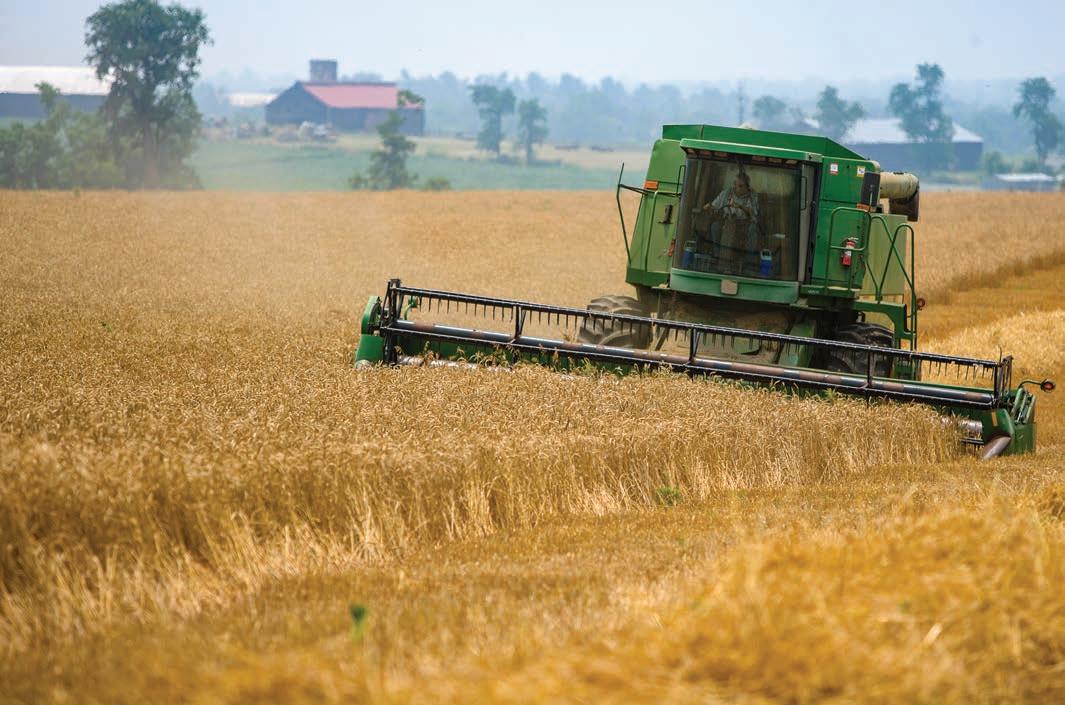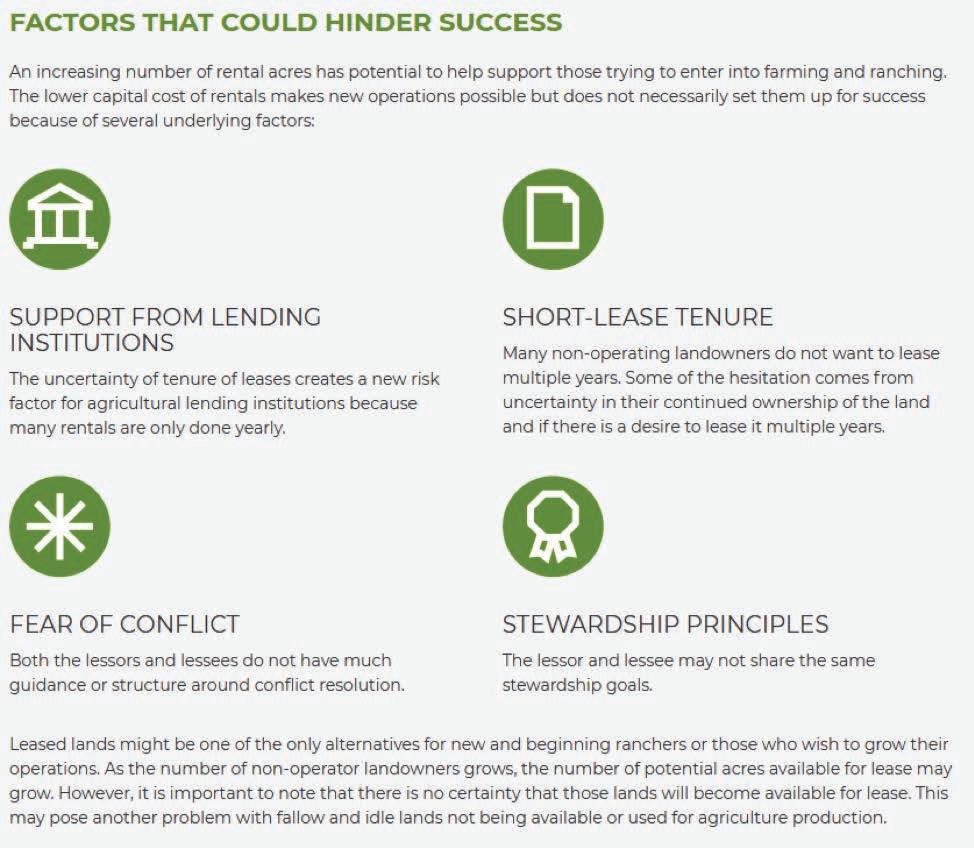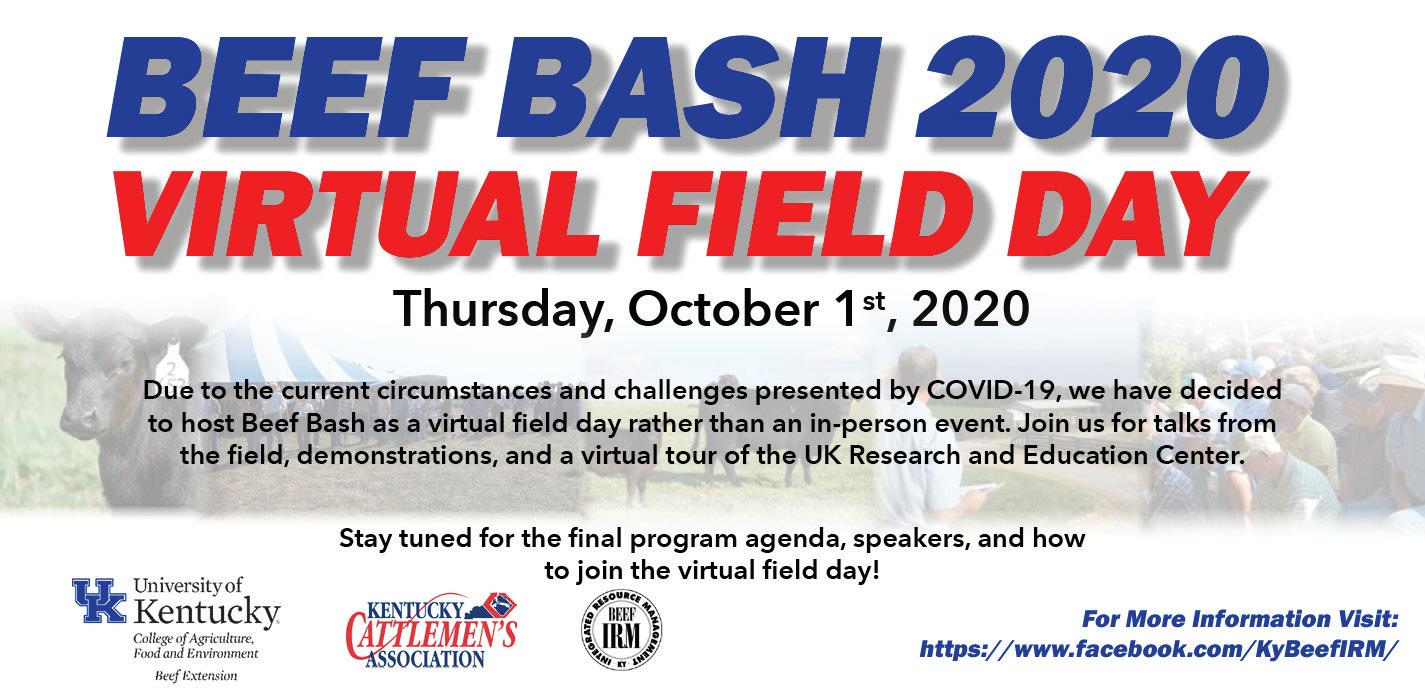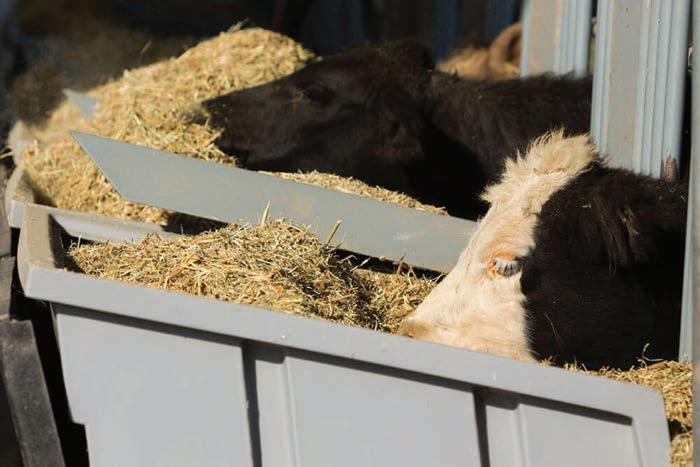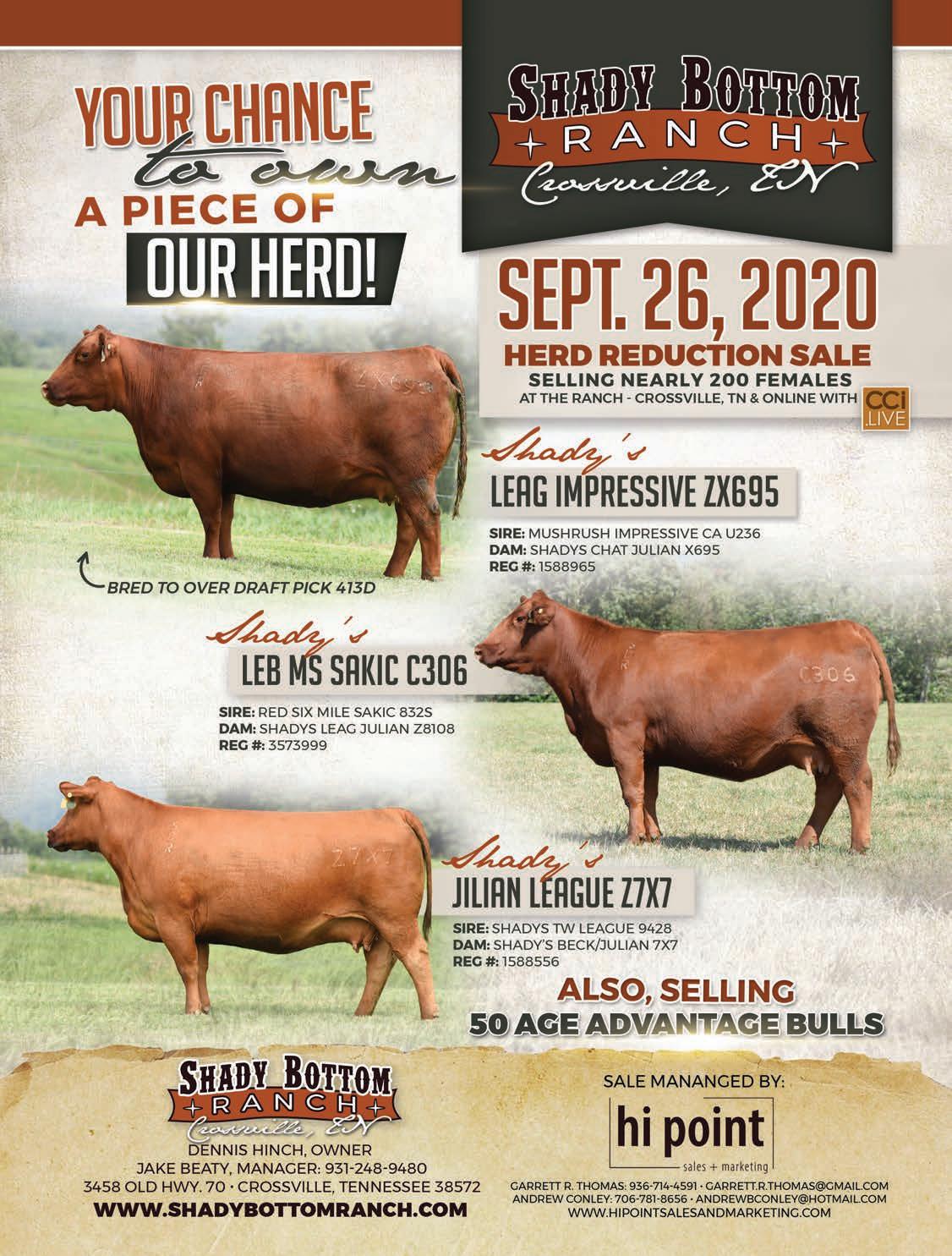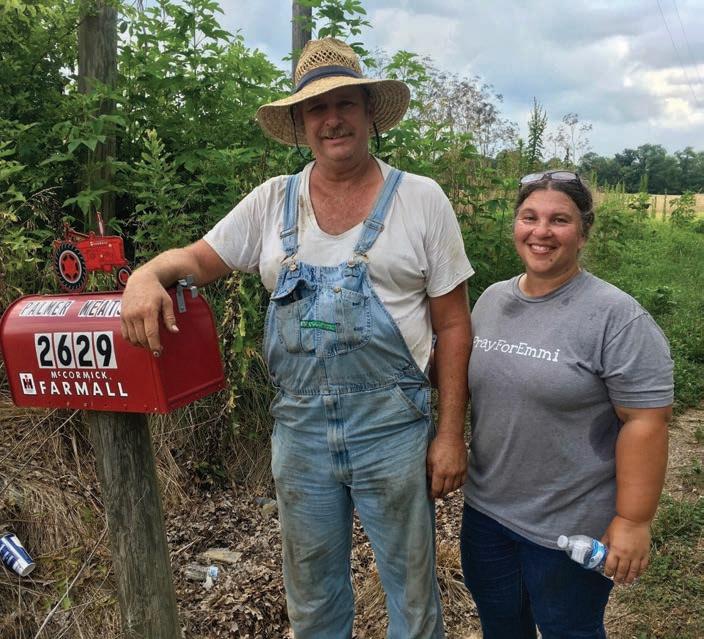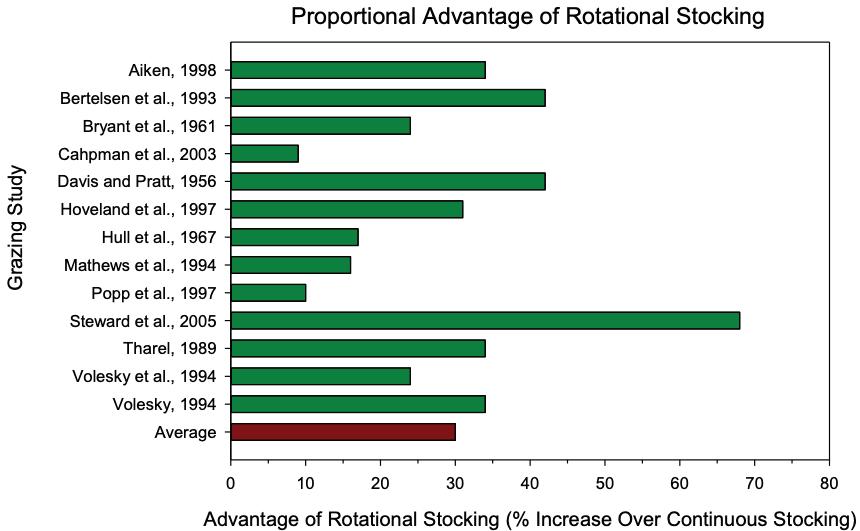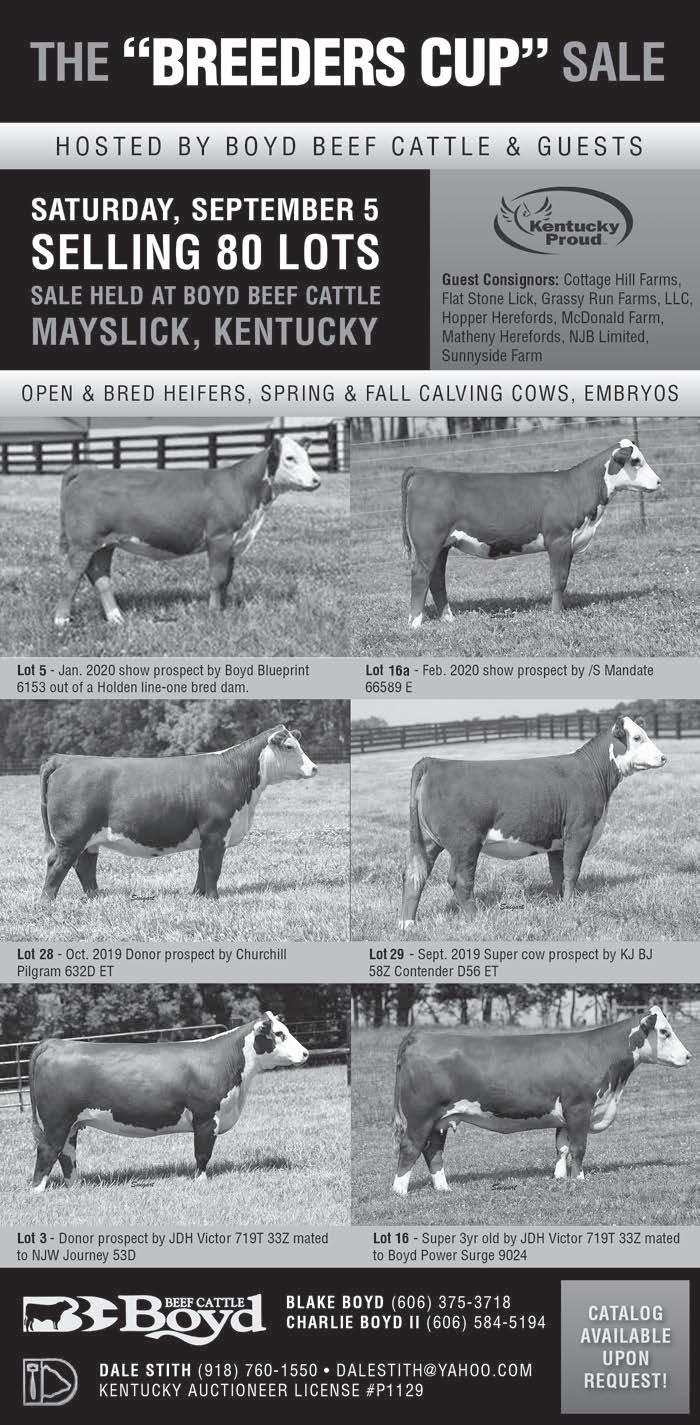FORAGES
T H E H A R D E S T PA R T I S J U S T G E T T I N G S TA R T E D ! ! ! CHRIS D. TEUTSCH UK Grain and Forage Center of Excellence, Princeton, Kentucky
Sometimes we make things too complicated! Rotational grazing is a perfect example. When we start talking about building fence, installing waterers, and moving animals two or three times a week, most livestock producers put the brakes on rotational stocking. I think that it is important to realize that it is perfectly okay to ease into rotational grazing. You don’t have to make a big investment or move animals every other day. The most important thing is that you just get started! Fine tuning your grazing system will come with time. In the remainder of this article I would like to share with you the birth of a rotational grazing system on a farm in far western Kentucky and a few tips that may help you take that first step. Benefits of Rotational Stocking The first thing that I would like to do is remind you of the benefits of rotational stocking. Although rotational stocking does have many tangible benefits, it is not a “silver bullet” that is going to solve all of your problems. If your stocking rate is too high, it is going to be very difficult to maintain healthy pastures without designating and utilizing a sacrifice area to feed hay in. It is also important to remember that long-term change in pastures is a slow process and once you improve grazing management it can still take 3 or 4 years to make substantial change. Improved pasture growth. A review of the scientific literature shows that rotationally stocked systems are on average 30% more productive than continuously stocked systems. This is a result of being able to rest pastures between grazing events and to control how closely plants are grazed. Leaving some residual leaf area allows the plant to capture sunlight through photosynthesis. The energy captures in the form of sugars and carbohydrates can then be used to fuel regrowth of the plant. Pastures that are rested and not grazed too closely simply regrow faster. Improved nutrient distribution. In large continuously grazed pastures, animals tend to concentrate nutrients near shade and water sources. As we subdivide larger pastures into smaller ones, we will 16
improve nutrient distribution. Animals are encouraged to defecate and urinate in the same areas that are being grazed. The smaller the paddocks, the more uniform the nutrient distribution is. Improved drought tolerance. One of the first things that producers notice when switching from a continuous to rotational grazing system is that their pastures grow longer into a drought and recover faster after the drought is over. This is a directly related to the health and size of the plant’s root system. Continuously stocked pastures tend to have smaller root systems that explore a smaller soil volume for water Fewer weeds in pastures. Maintaining a healthy stand of desirable forage species is the best way to prevent weeds in pastures. In a continuously stocked system, we tend to graze pastures closely and frequently, causing the sod to weaken and open up, leaving a space for weeds to flourish. Better animal handling. One of the benefits of rotational stocking that we fail to talk about is the positive impact that it has on animal handling. In a continuously stocked system, we often have limited contact with our livestock and the only time they see us is when something bad happens. In a rotationally stocked system, we have much more frequent contact with our animals. And when we have this contact something good happens, they get fresh grass.
Figure 1. The proportional advantage of rotational stocking compared to continuous stocking (Adapted from Conservation Outcomes from Pastureland and Hayland Practices-Assessment, Recommendations, and Knowledge Gaps, USDANRCS). is NOT perfect because it allows back grazing of Paddock number 4 where the water is located, and animals must travel several thousand feet to get to water from the furthest paddock. However, it is better than continuously stocking the entire 50 acres. The system was set up in less than 3
hours using 100 step-in fence posts and 3000 ft of polywire on three geared reels (Figure 3). The cows and Jana (Figure 4) were trained to the polywire quickly. And so, a rotational grazing system was born in Graves County, KY! Many of you have had bad experiences with temporary electric fencing. In most
The Birth of a Rotational Grazing System This spring, Larry and Jana Clark bought a 50-acre farm in Graves County. They installed a perimeter fence and tackled a well-established weed problem. Jana who had attended several pasture management programs in Western Kentucky, had the long-term goal of setting up a rotational grazing system. This would require installing a watering system and subdividing pastures and was not feasible to accomplish in the near future. After visiting with Larry and Jana about their weed issues, we came up with a simple design that could be implemented with temporary fencing (Figure 2). It
Figure 2. A 50-acre pasture located near Mayfield, KY was subdivided using a solar fence charger and temporary electric fencing into four pastures. Note that an alley was installed to allow livestock access to paddock 4 where water was located.
COW COUNTRY • AUGUST 2020
• A P U B L I C AT I O N O F T H E K E N T U C K Y C AT T L E M E N ’ S A S S O C I AT I O N

